In Ipswich, a big dam fight
A proposal to remove a centuries-old dam in the center of this historic town has triggered an emotional dispute.
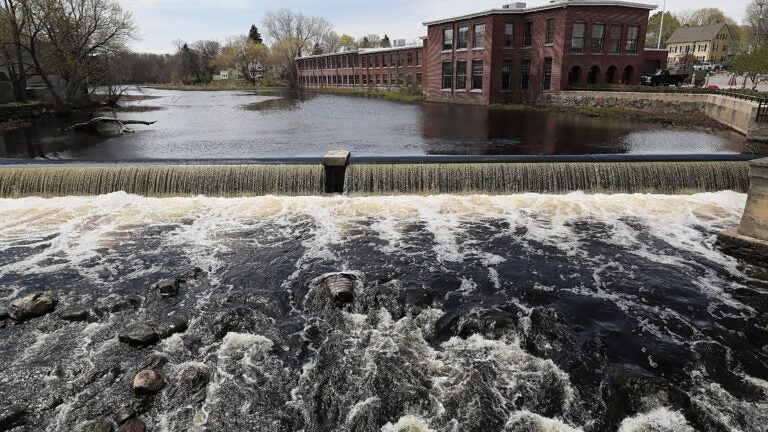
IPSWICH – Typically, what stands out in Ipswich are the historic colonial homes. The town proudly boasts more surviving First Period houses than anywhere else in the country.
But over the last several weeks, the dominant visual in Ipswich has been lawn signs, hundreds and hundreds of them, pitting neighbor against neighbor ahead of a controversial vote that has consumed the 13,000 residents of this Great Marsh community.
The debate, as spelled out on the lawn signs, is binary: “Save our dam” or “Free the river.”
On May 21, town voters will go to the polls to decide whether to remove the Ipswich Mills Dam that, in some form of another, has been in the center of town on the Ipswich River since 1637. The current seven-foot-high dam, built in 1880 and later modified to power a neighboring hosiery mill, has not been in hydroelectric use since the 1930s.
Today, the dam does two things. It blocks migratory fish and the ocean tides from going upstream. And the impoundment creates a one-mile reservoir of fresh water known as Mill Pond that has become a favorite spot for swimming, flat-water paddling and, when the weather allows, ice skating.
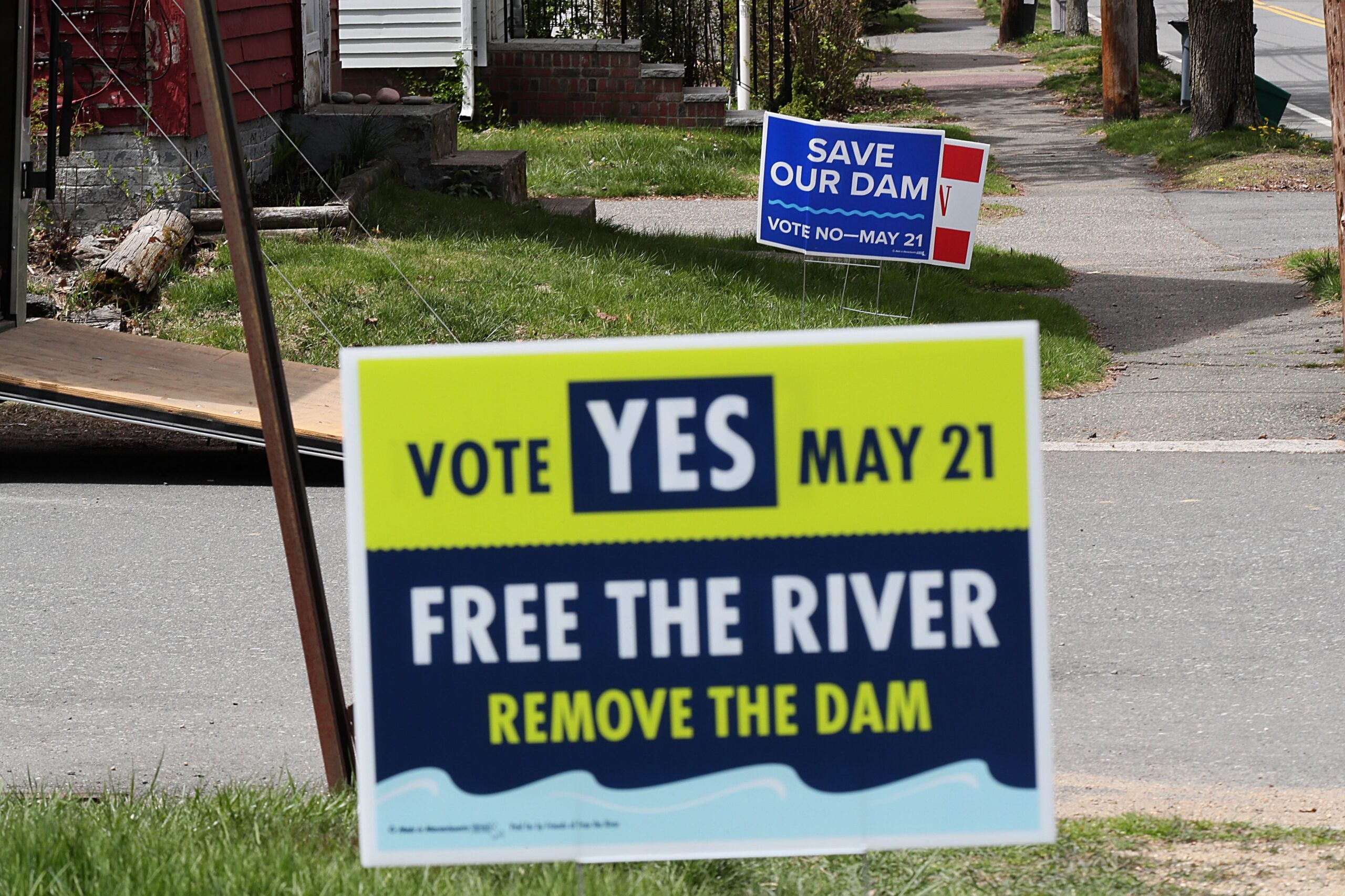
So the question for voters is: keep things the way they are, or return this stretch of river to its original free-flowing state?
It has been a discussion that’s been going on since 2012, when the town — which owns the dam, and had financial concerns about future upkeep and liability — convened stakeholders to explore options for the site. They discussed upgrading the aged fish ladder that allows a minimal number of herring to make it upstream to spawn, and the impact dam removal would have on the old mill building, currently occupied by EBSCO, a publishing company that is the town’s largest employer.
The town leadership ultimately chose dam removal as the option it wanted to explore, and the Ipswich River Watershed Association, a nonprofit whose mission is to protect and restore the river, took over the legwork to oversee the feasibility studies of what would happen if the dam were removed.
By last May, believing it had allayed concerns about impact to the EBSCO building and the release of sediment that could harm downstream shellfish beds, the matter went to town meeting vote, where 68 percent supported a nonbinding article in favor of removing the dam.
The final decision rests with the town’s select board, which is asking the public to vote again on the issue, this time on an actual ballot. Though this second vote will also be nonbinding, the select board has indicated that they will support whatever the voters endorse at the polls.
That’s when the controversy really got going.
“We feel like this is being rammed down our throats with minimal community involvement, and there are still many concerns and an uncertain benefit,” said Eric Krathwohl, who lives along the Mill Pond and has been one of the outspoken leaders of the effort to save the dam.
“This is a well-established, beautiful ecosystem, and removing the dam would severely impact recreation,” Krathwohl said. “They never gave a fair shot to any alternatives.”
But Carol Bousquet, one of the leaders of Friends of Free the River, said the dam is obsolete, and it’s past time to remove it.
“This is simply about returning our river back to what it’s supposed to be,” she said. “And it will open up new, transformative recreational activities that will allow paddlers to go from the river all the way to [Crane] beach, while improving water quality and allowing spawning fish to return.”
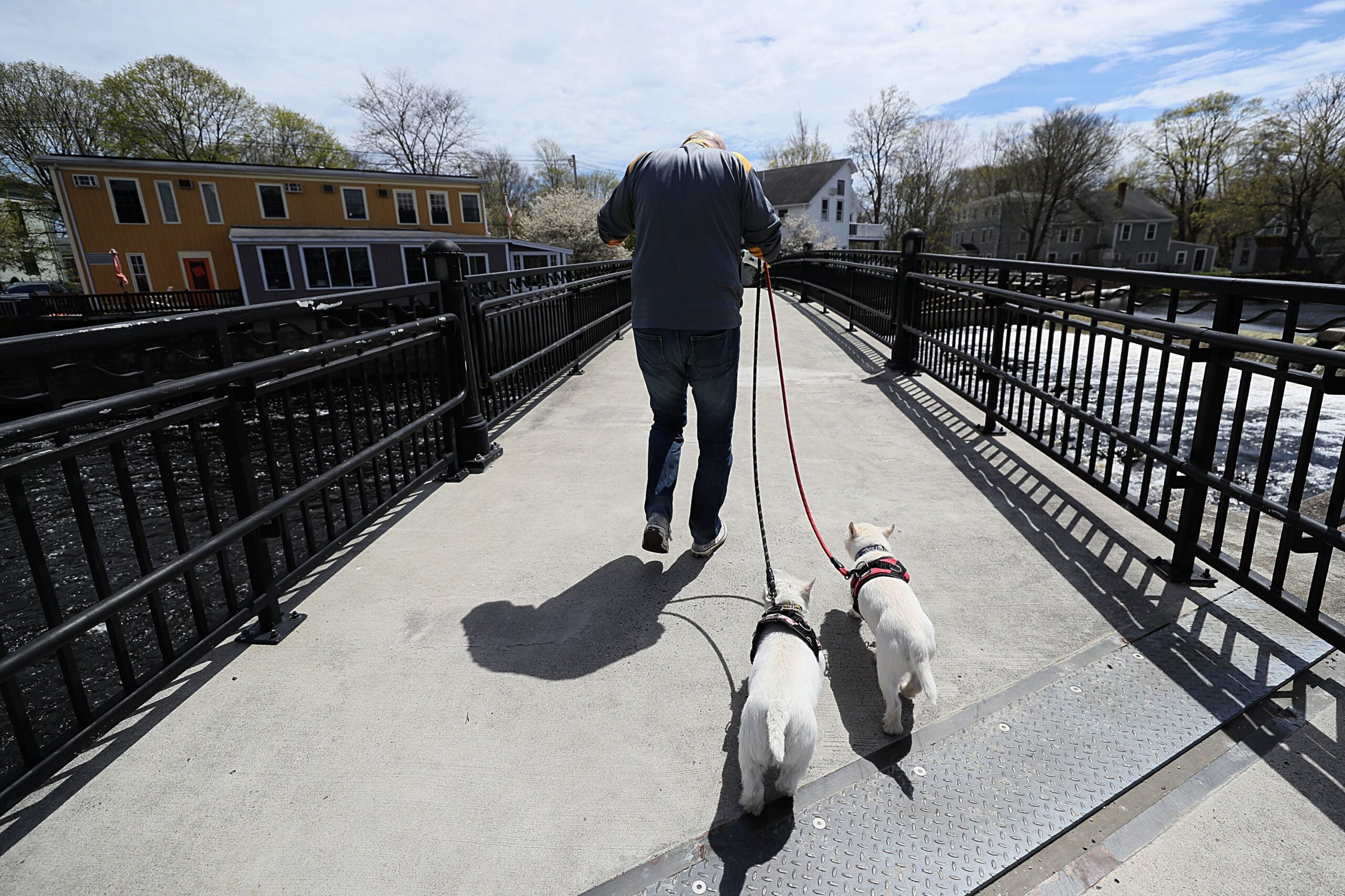
Neil Shea,the restoration project director for the Ipswich River Watershed Association, has been overseeing the studies needed to remove the dam, and said freeing the river through Ipswich is the lynchpin for work the organization is doing all over the watershed. The river, which starts in Burlington and flows 35 miles to the sea, provides drinking water to 115,000 people in 15 communities, including the cities of Lynn, Salem and Beverly.
“The benefits of dam removal would be huge in lowering the water temperature and raising dissolved oxygen, which is important for any aquatic organisms, not just fish,” Shea said.
Shea acknowledged that previous town administrations could have done more community engagement work at the beginning of the project, but disputes that an improved fish ladder was not looked at.
“They just ruled it out early on, because they weren’t interested in the costs of maintaining a new fish ladder, just as they weren’t interested in the costs of maintaining the dam,” he said.
As for what a newly freed river will look like, Shea said that residents have completely valid concerns.
“Aesthetics are subjective, and I can’t say it’s going to look better because that too is subjective. If they like it the way it is now and don’t want it to change, that’s valid. Many people view that area as a magical ecosystem, but I’ll say this: the animals are there despite the dam, not because of it,” Shea said. “There is degraded water quality; it is not a particularly hospitable place to live.”
Those advocating dam removal often refer to one hypothetical: If the dam didn’t exist, would we build one today?
But opponents say that ignores the historic role the dam has come to play in town. At high water, it creates a scenic waterfall, a favorite for viewers on the pedestrian bridge that crosses the river just next to it. And the current dam is healthy and in no danger of failing, a simple stack of granite blocks that currently requires minimal financial upkeep from the town.
Either way it is soon to come to a vote, one that — despite the long planning time — feels a bit rushed to many around town.
“There’s a lot of claims about the benefits that feel lofty or impossible,” said Lee McKenna, who stood in his backyard, along a stretch of Mill Pond that will be transformed by the removal.
“Will this just be mud?” he said as he gestured to the embankment, where his canoe rested. “I’m honestly not sure where I stand, but it feels like there are still unknowns and it’s being rushed to a decision.”
Steve Calder, another riverside homeowner who has a prominently displayed “Save our dam” sign on the embankment, said one thing is for sure: things will be drastically different if the dam is removed.
“This is a little treasure that’s been here for 400 years,” Calder said of the Mill Pond. “Does it really make sense to change all this for the hope that a few fish will swim by?”
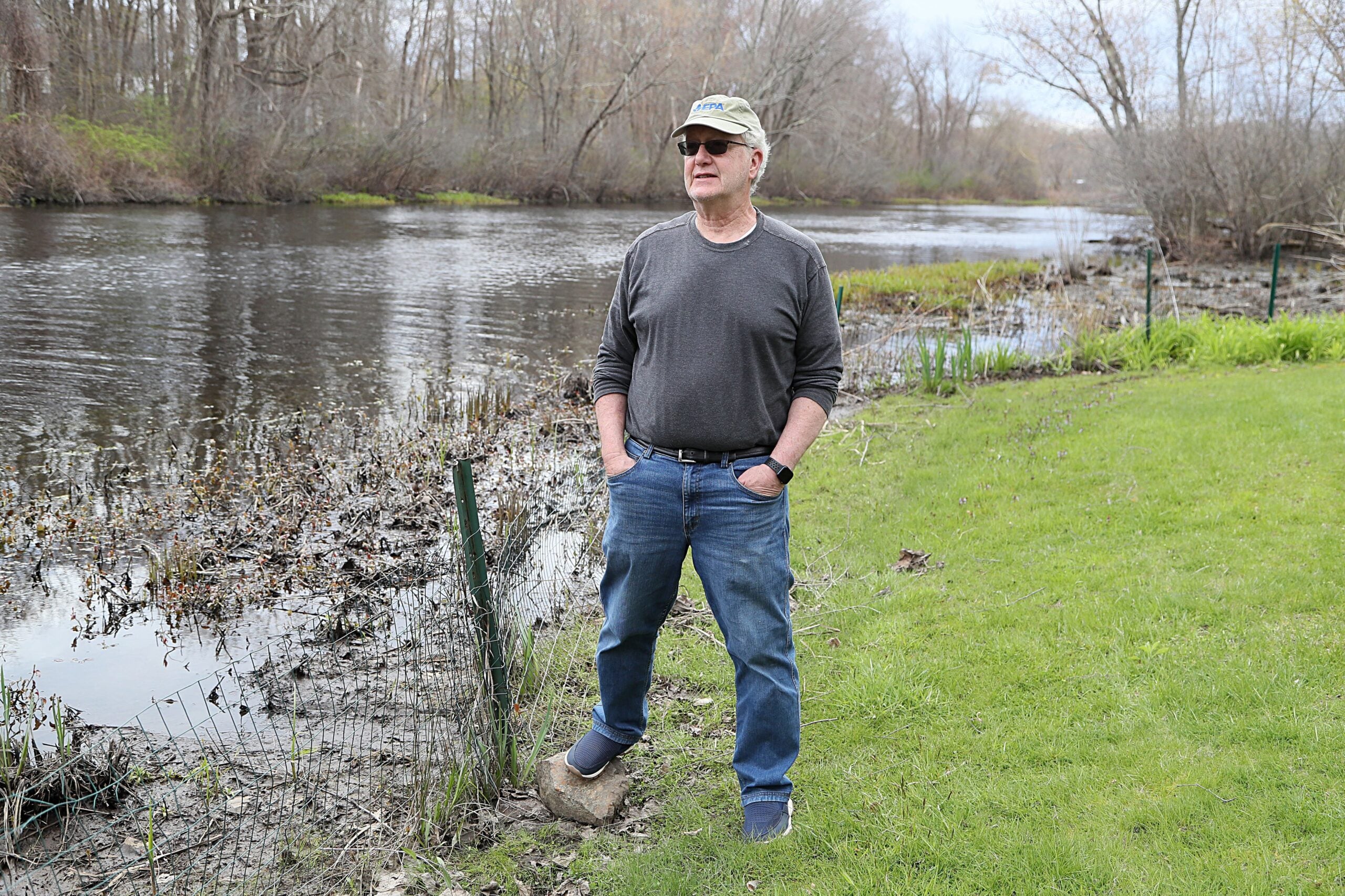






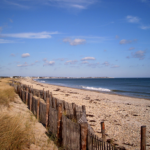

Conversation
This discussion has ended. Please join elsewhere on Boston.com